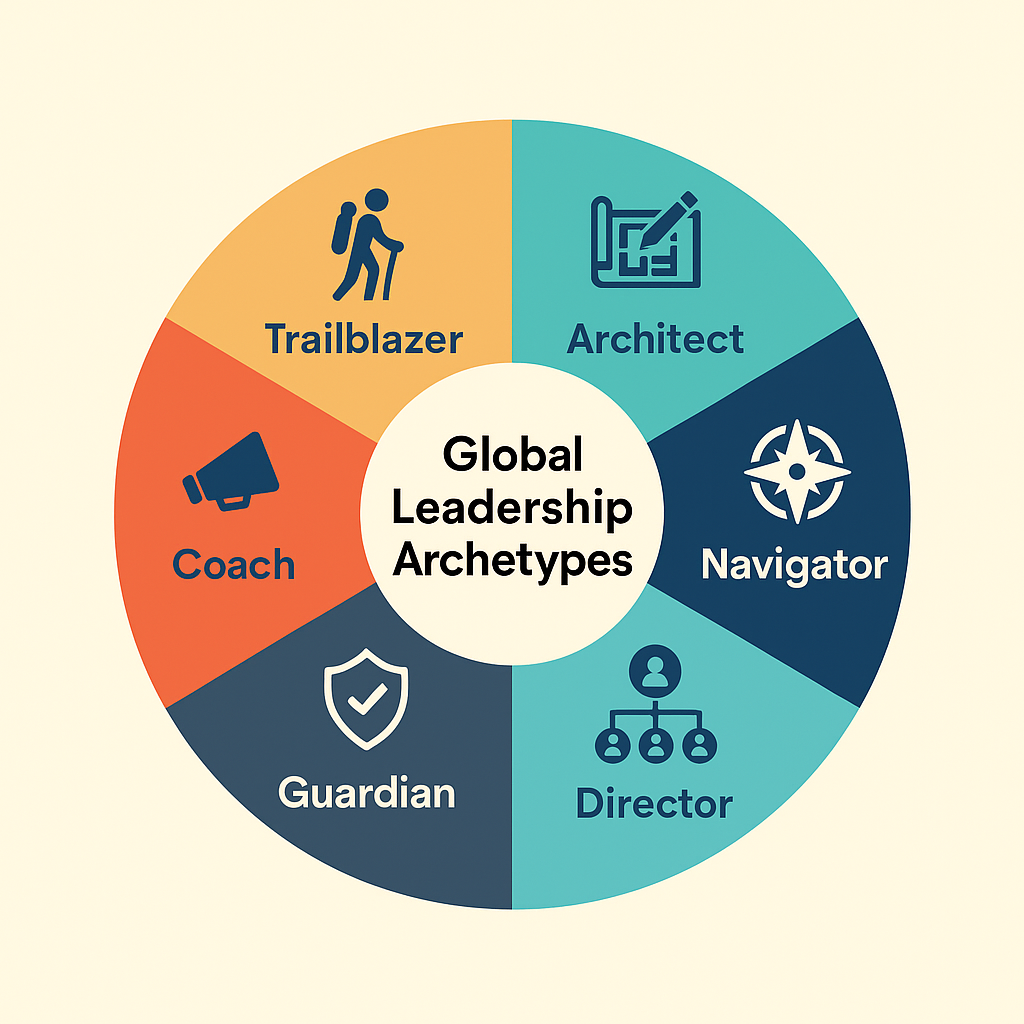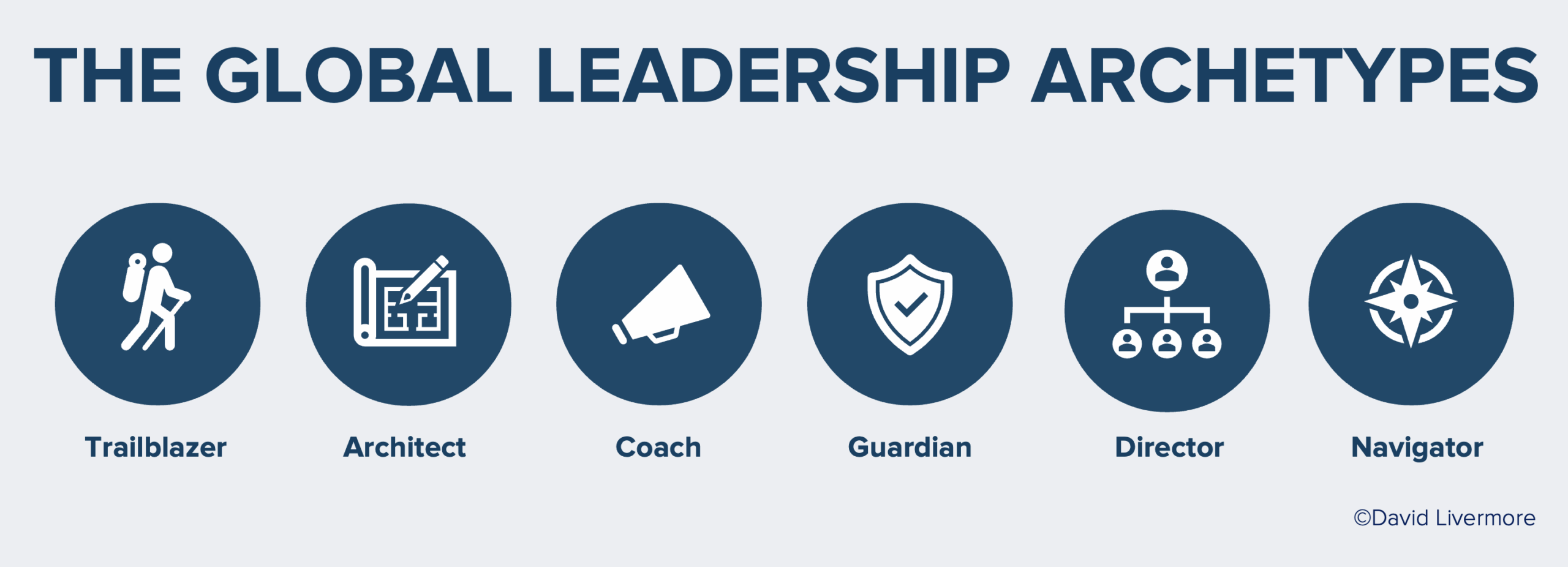Guest Post By Kristin Ekkens, MA
Developing a diverse, inclusive, and culturally intelligent organization is not easy – and the work is never done. It takes time, tenacity, courageous leadership, risk-taking, positivity, and resilience. It’s a team effort from across the organization involving HR, legal, finance, marketing, communications, and community relations (and more). Every department, as well as each employee, has a stake in the game.
How do you create enough momentum that it becomes a “pull” rather than a “push” system?
START A MOVEMENT
In the beginning of August, I had the privilege of facilitating a session with a group of sales executives from a multi-billion dollar furniture company. Together we examined how unconscious bias shows up on the sales floor, in the hiring process, and in everyday decision-making. After recognizing that bias exists everywhere, and that each of us in the room has the ability and responsibility to manage bias, one participant asked: “Kristin, how do we get more people in our organization engaged in this conversation? How do we change behaviors not just in our sales organization but throughout the entire company?” My answer was simple to say, yet complex to carry out. “Start a movement!”
What does it take to start a movement?
- Determine your and your senior leadership’s motivation. Do you have the drive and confidence to do what needs to be done? Is this an authentic effort or a check-the-box requirement? What will it cost the company if it doesn’t do anything?
- Understand the culture and climate of the organization. Is now the right timing? Would a pilot with a few target audiences work best to start or do you need to bring everyone together for an “all hands meeting” so everyone can hear the same message? Is there budget for the work this year? If not, is the company committed to providing resources?
- Identify the key influencers – many times not distinguished by title – to develop a stakeholder map and strategy for engaging
- Take action by defining and communicating the business case, key drivers, project scope, and projected impact. And lastly, begin to build your network of champions.
Simply put, to start a movement you need to infuse cultural intelligence (CQ Drive, Knowledge, Strategy, and Action) into your process from the start.
THE WHY
When you begin to involve other stakeholders, they will want to know, “What’s in it for me” and, “Why should I care about this movement?” Whether you are a consultant, a D&I leader, or manager in your organization, the organizational needs stay consistent. This is what I consistently hear:
- We need to scale these efforts across 4 regions, 3 shifts, and with large numbers of employees
- We need to be able to measure progress over time and show the impact of our efforts
- We need a way for leaders to hold people accountable to using CQ in the hiring process, succession planning, performance management, etc.
- We need to help diverse teams work more effectively together
HOW?
I recommend a few key steps for starting a movement to develop a culturally intelligent organization:
- Make the business case. Explain “the why” in various ways to various audiences. Just stating it once or posting it on your intranet is not enough.
- Obtain executive sponsorship and engagement.
- Create a systemic approach, rallying the troops and weaving cultural intelligence into the DNA of your organization.
- Share success stories. Celebrate the wins.
- Establish accountability.
Again, easier said than done. Let’s break this down and focus on Step #3: Create a systemic approach. In our Building a Culturally Intelligence Organization chart from Level 2 CQ Certification, you see five phases described:

Each phase builds on the next. It’s critical to help your organization or client move along the maturity model – not skipping over phases. To make efforts scalable, you may be tempted to jump to Phase 4: Training 2.0 – Everyone. However, without leadership commitment and engagement, you soon find yourself back at square one wondering what went wrong. Some clients choose to engage everyone from the beginning to set the tone for the movement through a motivational kick-off keynote.
WHAT NOW?
The first step toward building a culturally intelligent organization is sitting down to develop your own systematic approach. Use the steps recommended above and customize them based on the needs of your organization. Create tangible goals based on your available budget. Set project deadlines and assign the responsible person. That way, the large task at hand becomes manageable. Connect with a mentor or partner that will hold you accountable, keep you motivated, and will inspire you throughout the journey!



